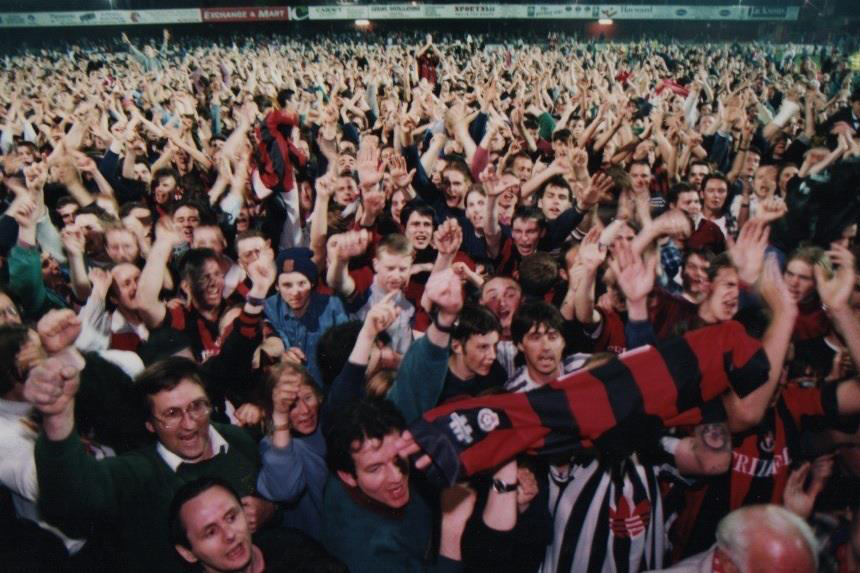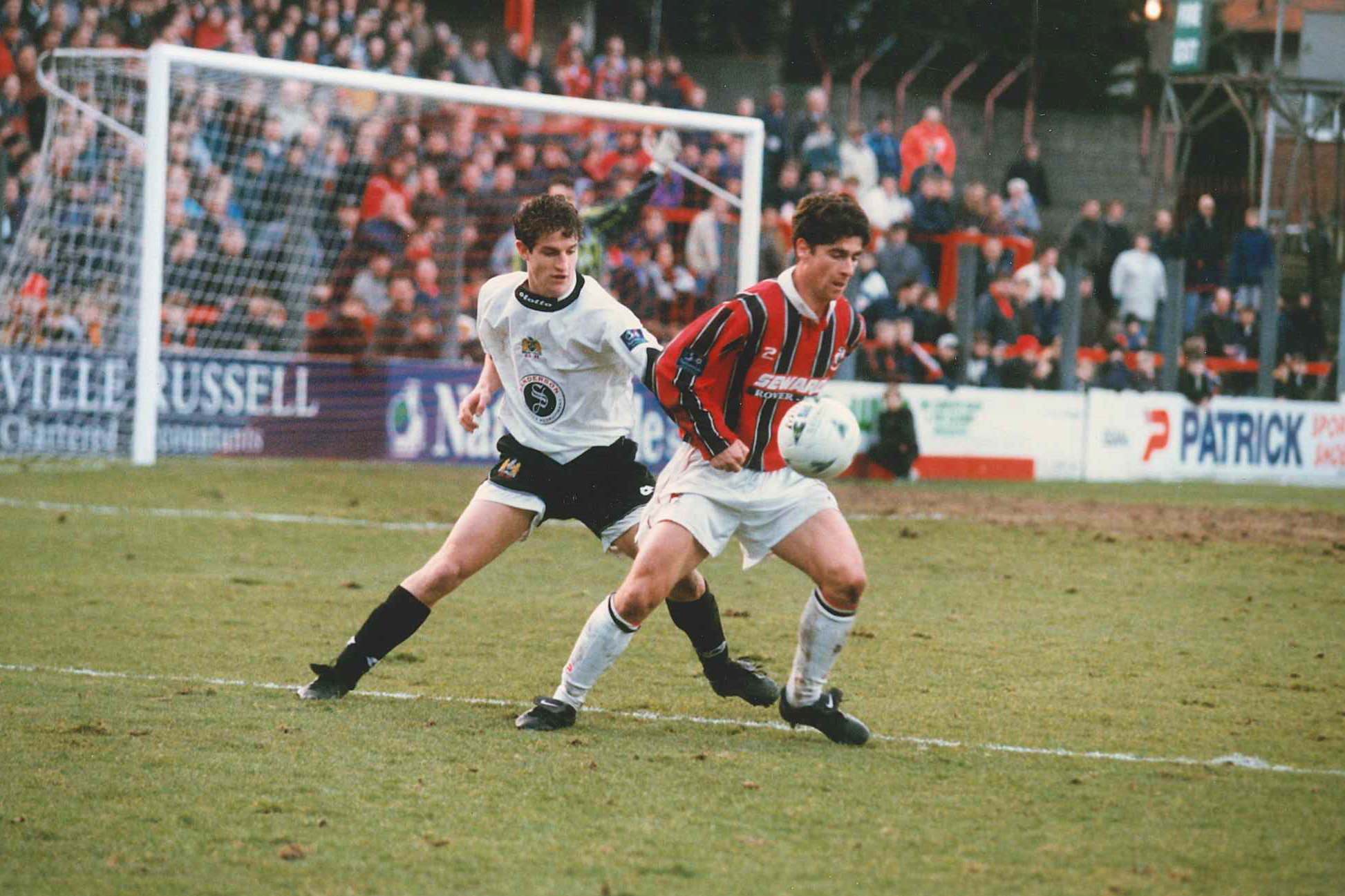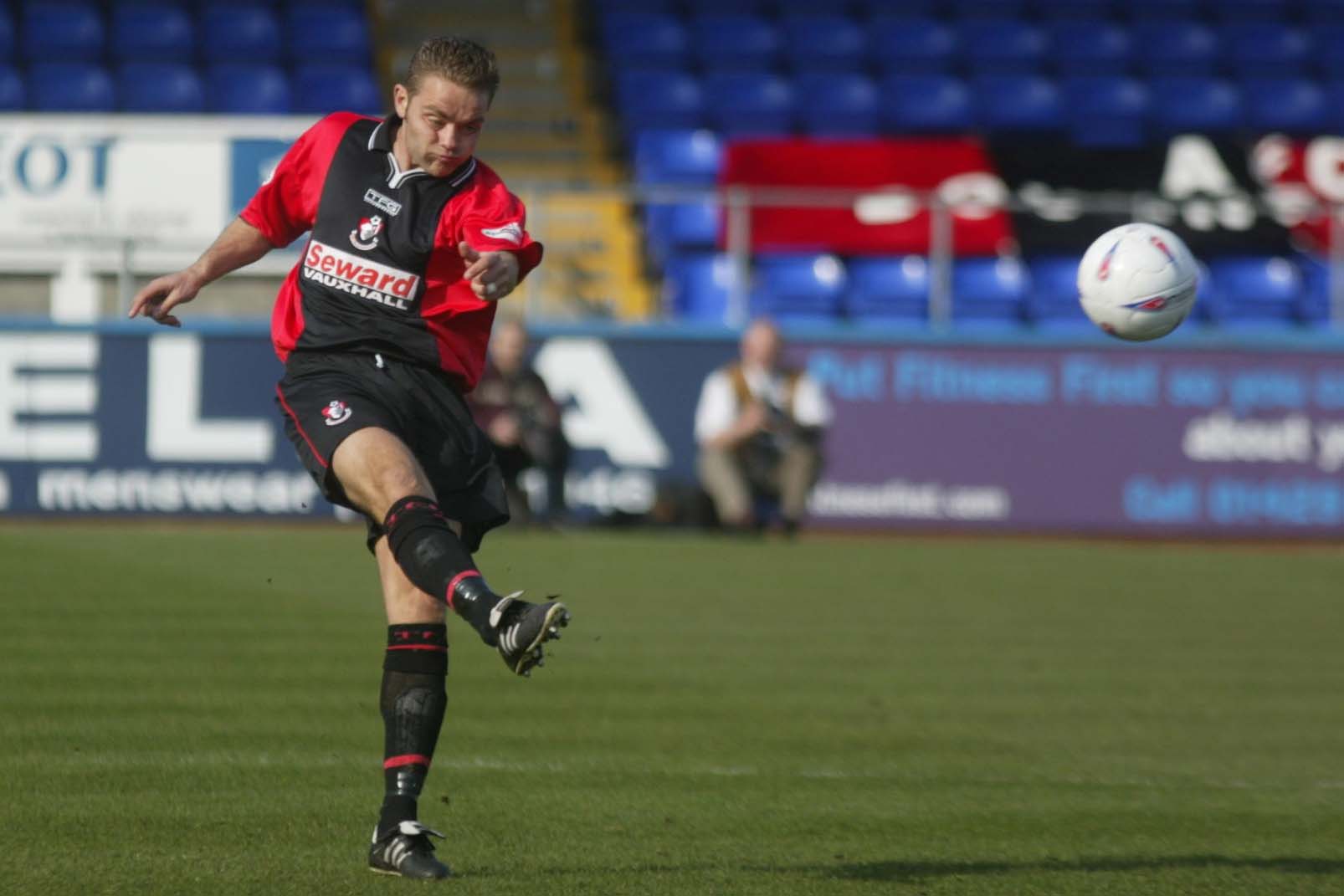
A look at two former Cherries and Spurs players who made a major impact for the south coast club looking to pull of a relegation escape.
In the absence of our MATCHDAY programme, Gareth Davies continues his series of features on the players who have pulled on the shirts of the Cherries and our upcoming Thursday opponents, this time the Lillywhites from Tottenham Hotspur.
When many supporters talk about AFC Bournemouth and great escapes, minds instantly move towards the 2008/09 season. It was the season that had just about everything and shaped the unprecedented success that has followed since.
During that roller-coaster campaign, until Eddie Howe was appointed manager following a two-game stint as caretaker, the Cherries looked a sure-fire bet for a second successive relegation.
What happened after December 31, 2008, when Howe replaced previous incumbent Jimmy Quinn, has been well versed, but to jog any memories that may have waned with what has happened since, Bournemouth avoided relegation with form more akin to a team battling for promotion - and all this was all done amidst financial chaos and transfer embargoes.
For supporters of a certain generation though, this against-all-odds Houdini-esque feat was the second they had witnessed as some 14 years previously, Bournemouth pulled off a similarly remarkable act of relegation escapism.

In some respects, the circumstances that Howe found himself having to work in just over a decade ago were a carbon copy to the situation that befell upon then manager Mel Machin.
During the summer of 1994, as England sat with their feet up after failing to qualify for the World Cup in the USA, a battle for supremacy was being played out in the boardroom at Dean Court.
Chairman Norman Hayward, who had presided over a period of relative financial success for the club due to selling many of its top stars, was embroiled in a struggle for power with his replacement in waiting Ken Gardiner.
The uncertainty saw the club spiral into crisis with a wafer-thin playing squad in need of overhaul, but none could be forthcoming until Gardiner and Hayward ironed out their differences. Eventually, the former did manage to gain control and one of his first tasks was to dispense with services of manager Tony Pulis.
This was perhaps harsh on the Welshman, who starred in Bournemouth’s Division Three promotion winning side of 1986/87. Pulis, after all, was the man responsible for bringing Steve Fletcher to the south coast and his sales of players such as Efan Ekoku, Joe Parkinson, Vince Bartram and Neil Masters kept the financial wolves away from Bournemouth’s door.
Granted the style of football was different to what fans had been accustomed to under Harry Redknapp, but the success Pulis gained as manager of Gillingham and Stoke some years later demonstrated that if all those mentioned players had stayed, the outcome in terms of results could have been very different.
As it transpired, initially, the decision by Gardiner to axe Pulis looked like backfiring spectacularly as the Cherries started the season with no manager and little hope.
It would be early September before Machin was finally handed the reins and even his tenure got off to an inauspicious start with a 4-1 home thrashing at the hands of York City.

During Machin’s early months in charge, the losses didn’t abate, but one crumb of comfort was that the margin of victory for opposition teams was diminishing and, crucially, the former Bournemouth full-back was shaping his own squad.
Numbers were so short that Fletcher was utilised as an emergency central defender but as the weeks passed, Machin did add new faces. Goalkeeper Ian Andrews arrived from Southampton, while striker Steve Jones swapped West Ham United’s reserves for the impending relegation dogfight.
Matt Holland, who would subsequently become one of Bournemouth’s most inspirational captains, also joined from the Hammers, while mercurial winger Jason Brissett left Peterborough to add some much-needed pace out wide.
Neil Young and Steve Robinson
Such was the desperation for Bournemouth when 1994/95 began, Sean O’Driscoll, who had retired to take up a coaching role, was forced to dust off his boots and fill the right-back’s role. However, this measure was thankfully just a temporary one as Machin found a replacement in the shape of Neil Young.
Harlow born, Young had progressed through the youth system at Tottenham Hotspur but found first-team opportunities limited as the late Justin Edinburgh held Spurs’ number two shirt at this time. Without making a single appearance for the White Hart Lane side, Young decided to drop two divisions and join Bournemouth.
Young wouldn’t be the only Tottenham player to join Machin’s new-look squad as he would be joined by Northern Irish midfielder Steve Robinson. Like Young, he had also failed to make an impression in the first team and decided to leave.
However, despite some much-needed reinforcements in terms of numbers and quality, the struggles for Bournemouth continued and a Boxing Day defeat at the hands of Bristol Rovers left Machin’s side with nine points.
Relegation looked nailed on, although there was a similar upturn in the new year. Suddenly, something clicked as the new signings gelled and promotion favourites Birmingham were defeated at home while Jones almost single-handily defeated Oxford on the road.
Narrow defeats were soon becoming victories and going into the final game, brought forward on advice from Dorset Police who feared crowd trouble, Bournemouth duly completed the ‘Great Escape’ and avoided relegation with a 3-0 home win against Shrewsbury.
Robinson bagged a fine brace that evening and he would go onto cement his place in the Cherries’ engine room for the next six years – making close to 250 appearances and scoring 52 goals.
With Machin still at the Bournemouth helm, Robinson was sold to Preston North End in February 2000 although his Deepdale spell was short and not overly sweet. A loan switch to Bristol City proved the catalyst for a switch to Luton Town where Robinson would remain until hanging up his boots in 2008.
He would move into coaching and took the managers role at League Two strugglers Oldham Athletic in July 2016. After six months in charge at Boundary Park, he left to take up a similar role at Scottish Premiership side Motherwell – one he still holds to this day.

For Young, he would play his entire professional career at Bournemouth and after battling back from a career-threatening knee-injury in 2002, he would figure in the play-off final winning side that defeated Lincoln City 5-2 in 2003.
After turning out over 500 times for Bournemouth, Young retired from the game in 2008 and moved to Australia.
Despite Young and Robinson not being the first names you think of when discussing those that have plied their trade for Bournemouth and Tottenham, their time on the south coast, especially in 1994/95, means they will forever etched in Cherries history.






